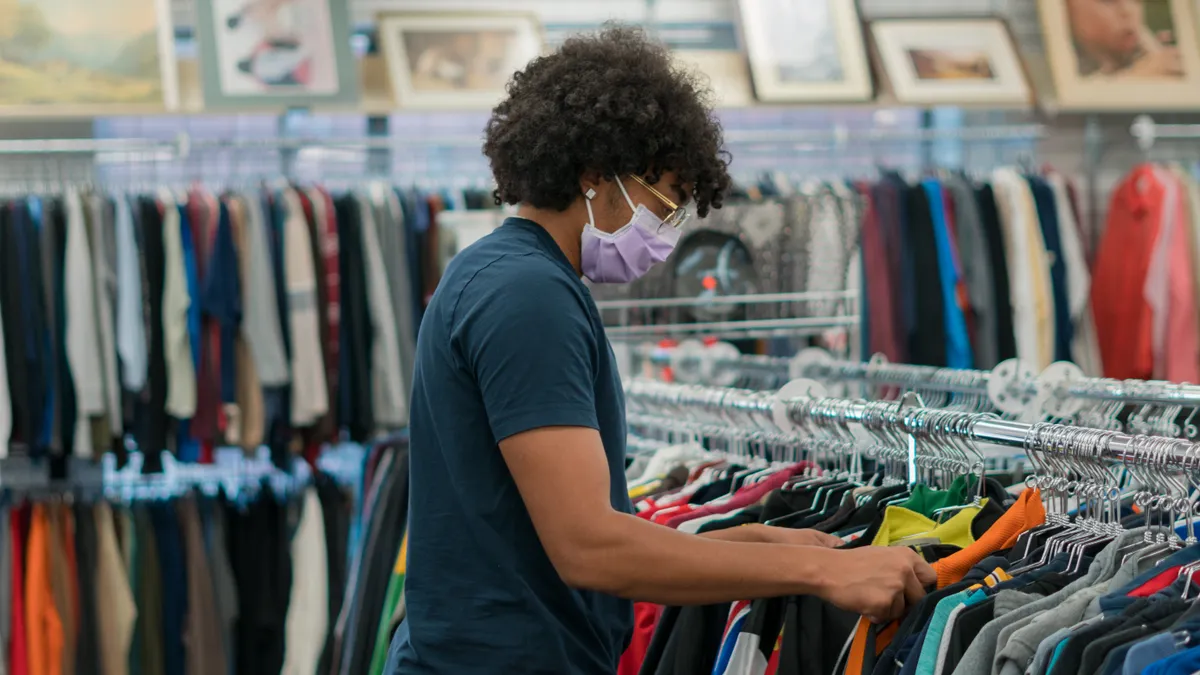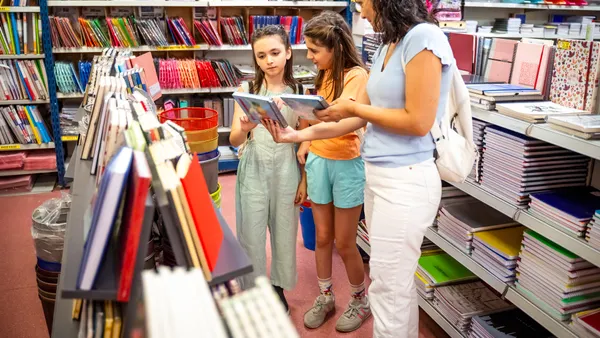Editor's note: The following is a guest post from Matt Katz, a managing partner at SSA & Company, a global firm advising companies and their C-suites on strategic execution. He can be reached at [email protected]. Views are the author's own.
As we settle into the new year with vaccine rollout underway, the topic on everyone's mind is when we will return to yet another new normal. For retailers, who have had to drastically pivot to compete, or in some cases to survive, the answer to this question holds the key to strategic decisions that determine their survival. However, looking back on the year we've had, it's fair to assume that 2021 will not hold all the answers. Triage, pivot, and agility are the imperatives of the day.
As I've previously discussed, the issue we're facing is three-faceted — back in May, 2020 I called the pandemic "a health crisis that has caused economic turmoil, simultaneously driving rapid social change." That triple threat is as real today as it was then. The pandemic is, in and of itself, a health issue. It became a social concern when people were advised to avoid others and stay inside their homes. For some, it resulted in a switch to working from home; for many others, it resulted in furlough or job loss, which in turn made the virus a formidable economic issue.
Recovery has been a fit of starts and stops. Any progress has manifested itself very differently across regions and industries. The reason we're on such a bumpy ride is because not one of these challenges can be solved without solving the other two. How can the economy return to normal if you still have people who are concerned about the risks of going to work or going shopping or eating in restaurants or attending events?
Let's look back at the start of the pandemic, one year ago. By January, it had spread from Asia to Europe and by mid-February it was permeating the continent and starting to make its way across the Atlantic. Stateside, we were aware of what was going on and the potential ramifications, but we had yet to actually face the threat. Next, we had touchdown: the virus, carried in large part by U.S. citizens returning from abroad, hit states like Florida, New York, and California. It wasn't immediately evident whether it would remain isolated in those hot spots or spread, but by mid-March we had our answer. We started to see shutdowns, businesses deemed nonessential had to close, transportation options were limited and curfews were enforced.
From a business perspective, that was an immediate signal to triage. Many businesses did well, while the failure trajectory of others escalated steeply, the fault line drawn almost exactly at which were deemed "essential." When revenue streams stopped, cost reduction activities began. The search for emergency funding kicked in, as did rent abatements and employee furloughs. The second quarter of 2020 was all about cost control and understanding the potential magnitude of the impact. But at the same time, scientists were beginning to pinpoint what we could do: knowing how far apart we would have to distance also told us how close we could be.
In the summer, we found pockets of prosperity and glimmers of hope from this knowledge. Activities moved outdoors in the nice weather, and some stores and restaurants reopened. E-commerce and omnichannel flourished. In addition to the business benefit, it had meaningful social impact too, as new communities like the elderly became more comfortable with technology en masse than they'd ever been before.
However, with the fourth quarter came a resurgence of danger. People had become lax in their interactions, the virus mutated, case numbers were rising, and colder weather was setting in. Restaurants in some areas had to reclose their already limited indoor dining or shutter all in-house dining altogether. The challenge the economy faced – and is still facing – was how to function with unpredictable starts and stops, which may be different from those facing your neighbors a single zip code digit away.
We've seen drastic changes to retail in the past year – including ten years of digital maturation in a few short months, the growth of omnichannel offerings, the expansion of store geographies to include spots for curbside pickup or storage for buy online, pick up in store packages, the closure of thousands of stores, the bankruptcy of iconic companies, and the end of too many family-run businesses.
Some of these economic changes are reversible, but we won't reach that point until we address the other two underlying issues – those of health and society. Foot traffic by necessity has to be lower than it was pre-pandemic because of mandated social distancing rules and more limited occupancies. The conversation cannot center around how to get shoppers back into brick-and-mortar stores until shoppers exist in a world where they're comfortable being around others, and employees (and their families) are comfortable with them working in these environments.
Furthermore, we likely won't ever go back to exactly where we were before the pandemic – but that's not necessarily a bad thing. The new models that remain will be led by agile thinkers and newly reskilled employees.
It's been said that acts of creative genius hinge on reinterpreting and meshing existing problems. This is a health issue that became a social concern, which became an economic issue. This is a watershed moment for retailers who want to set themselves up for success in the future, whatever that future may look like. They should look at these shifts as an opportunity to merge social, health and economic solutions, and their creativity will point the way to a better 2021 and beyond.













